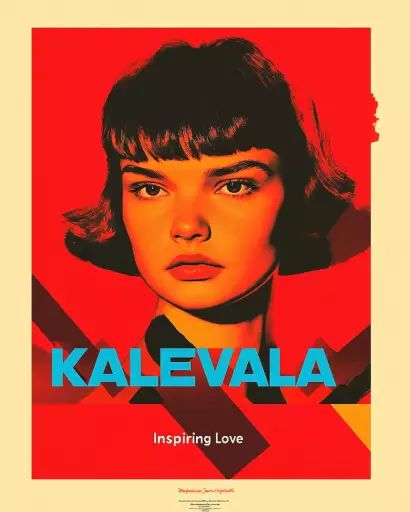Explore the Best AI Image Gallery

Beyond the Brush: How SaaS Solutions are Transforming the Creative Industry
The creative landscape is undergoing a dynamic transformation, fueled by the rise of Software as a Service (SaaS) solutions. These cloud-based platforms are revolutionizing how artists, designers, and businesses operate, offering a suite of tools that streamline workflows, enhance collaboration, and unlock new possibilities for creative expression.
A New Era of Creative Tools
SaaS has democratized access to professional-grade creative software, making it more affordable and accessible than ever before. From graphic design and video editing to 3D modeling and animation, a plethora of SaaS solutions cater to diverse creative needs. Platforms like Adobe Creative Cloud, Canva, Figma, and Blender offer intuitive interfaces, powerful functionalities, and seamless cloud integration, empowering individuals and teams to create stunning visuals and compelling content.
Collaboration Redefined
SaaS has fostered a culture of collaboration, breaking down geographical barriers and enabling creatives to work together seamlessly. Real-time editing, shared workspaces, and integrated communication tools facilitate efficient teamwork, fostering a sense of community and collective creativity. Platforms like Asana, Trello, and Slack streamline project management, allowing teams to track progress, assign tasks, and communicate effectively throughout the creative process.
The Business Impact
For businesses, SaaS solutions offer significant advantages in terms of cost efficiency, scalability, and agility. By adopting cloud-based tools, companies can reduce upfront investments in hardware and software, eliminate maintenance costs, and access resources on demand. Moreover, SaaS platforms enable businesses to scale their creative operations seamlessly, accommodating fluctuating workloads and project demands.
Ethical Considerations
As with any technological advancement, the adoption of SaaS solutions in the creative industry raises ethical considerations that require careful attention.
- Data Privacy and Security: The vast amount of creative data stored on SaaS platforms necessitates robust security measures to protect user information from unauthorized access, breaches, and misuse.
- Intellectual Property Rights: It is crucial to establish clear guidelines and agreements regarding ownership and usage rights for creative content generated and shared through SaaS platforms.
- Algorithmic Bias: AI-powered tools integrated into SaaS solutions can perpetuate biases present in the training data, potentially leading to discriminatory or unfair outcomes. It is essential to address algorithmic bias through careful data selection, algorithm transparency, and ongoing monitoring.
Future Trends
The future of SaaS solutions in the creative industry promises continued innovation and transformative impact:
- Immersive Experiences: Integration with virtual reality (VR) and augmented reality (AR) technologies will create immersive creative environments, enabling artists to design, visualize, and interact with their creations in unprecedented ways.
- AI-Powered Creativity: Artificial intelligence will play an increasingly prominent role in assisting creatives, from generating design concepts and composing music to automating repetitive tasks, freeing up human ingenuity for higher-level creative endeavors.
- Personalized Creative Tools: SaaS platforms will become more personalized, adapting to individual user preferences, workflows, and skill levels, providing tailored experiences that enhance creative output.
Conclusion
SaaS solutions are reshaping the creative industry by empowering individuals, fostering collaboration, and driving innovation. As technology continues to evolve, we can anticipate even more groundbreaking advancements that will further blur the lines between physical and digital realms, enabling creatives to push the boundaries of imagination and expression.